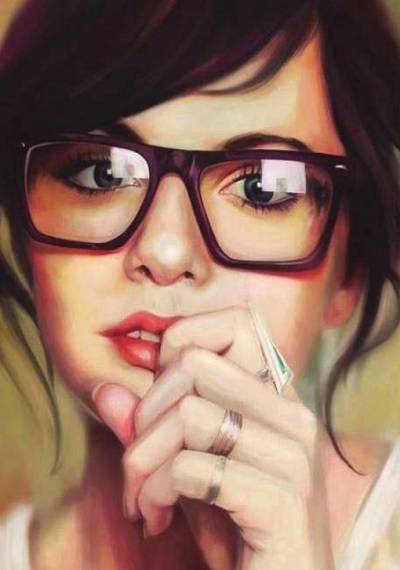
The heady era of the Italian Renaissance that took place between 1400 and 1600 AD saw some of the greatest outpouring of artistic production of all time. This epoch produced the most recognisable names in art in history such as Michelangelo, Leonardo da Vinci, and Raphael Sanzio, to mention but a few.
One of the materials that was popular at the time was fresco, a technique of mural painting executed upon freshly-laid or wet lime plaster. This was an extremely painstaking medium that allowed for little or no room for correcting mistakes and thus for one to be successful with it he had to be exceptionally talented.
Michelangelo particularly painted work with such compelling realism at exceedingly difficult angles as when he had to paint on the roof ceiling while standing on a scaffold and without the benefit of sketching. Since then this material has been replaced with other easier to use materials such as linseed oil paints, acrylics, watercolours and other more handy materials.
Local artist evokes the style of the Italian Fresco
However, Ogenrwoth Chris Hani has dared to work with this material that many artists would rather condemn to history. Certainly its use by Ogenrwoth on canvas rather than on wet plaster may sound either escapist or simply inability to apply it as originally intended due to artistic inadequacy. But this does not take away the nostalgic element that evokes the spirit of the grand masters. This is not to mention that with the copycat syndrome latent within the arts, this material could soon become part of the menu by many a local artist.
Ogenrwoth has been practicing art since his graduation from the Makerere art school in 2001 but only woke up to fresco a few years back after he was introduced to it by a German art collector that preferred to have her portraits made in this material.

The committed collector has to continually procure and send the frescos from Germany since they are not readily available locally. However, instead of applying the material on wet plaster, Ogenrwoth paints on a material that is akin to canvas that enables him to frame it like any other two dimensional work. Judging by the merits of his work on the technical side, the artist works in realism, in which he renders his work with photographic accuracy. The precision with which he delivers the works is such that it is nearly impossible to distinguish it from a photograph. So far he has been working on portraits of his customers that that include foreigners and locals.
But what is it about fresco that distinguishes it from the plethora of materials available to artists?
Back in the Renaissance era, water was used as the vehicle for the pigment to merge with the plaster, and with the setting of the plaster, the painting becomes an integral part of the wall. Because of the chemical makeup of the plaster, a binder is not required, as the pigment mixed solely with the water will sink into the intonaco, which itself becomes the medium holding the pigment.
The pigment is absorbed by the wet plaster; after a number of hours, the plaster dries in reaction to air: it is this chemical reaction which fixes the pigment particles in the plaster. The works that were done using this media during the 15th century are still intact, notably Michelangelo’s Sistine Chapel frescoes in the Vatican. Whereas Ogenrwoth cannot attempt to replicate the feats of the Renaissance masters, he is daring to bring to the local scene what majority will only find in historical texts.
 The Independent Uganda: You get the Truth we Pay the Price
The Independent Uganda: You get the Truth we Pay the Price


